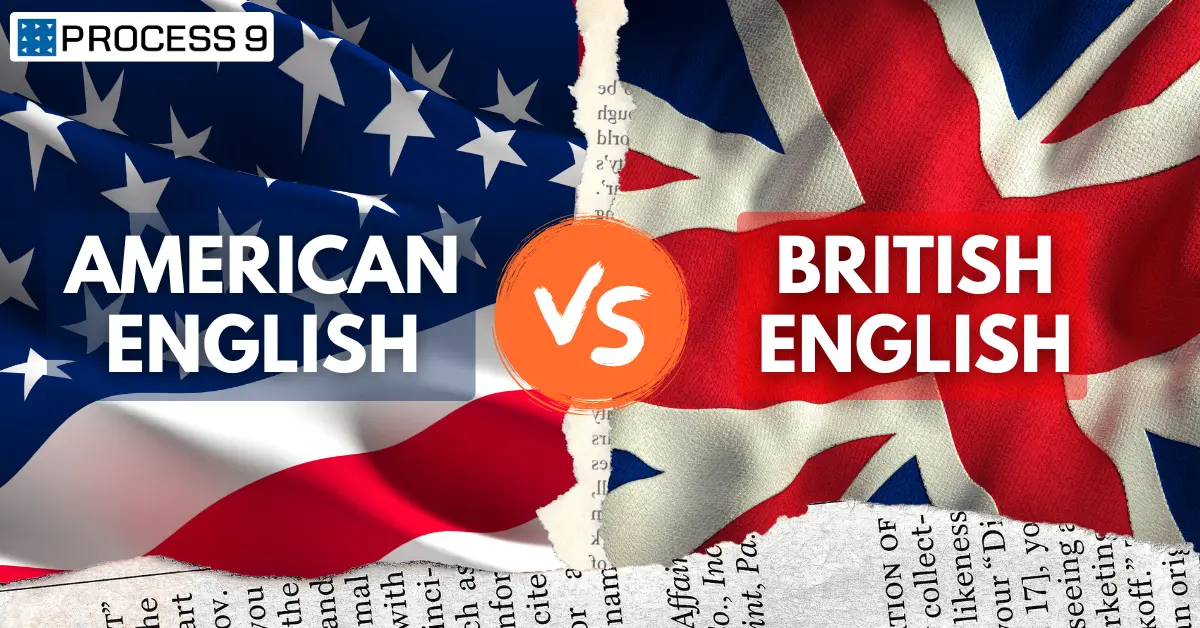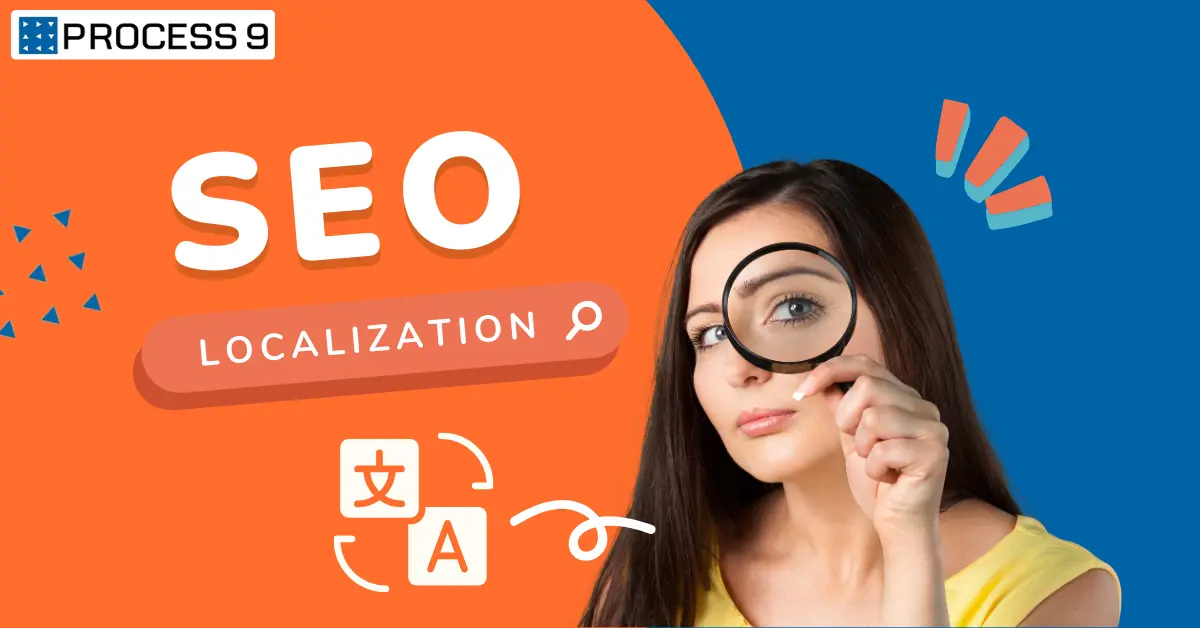Introduction to ChatGPT, Large Language Models, and Generative AI
There is a lot of buzz around AI and its impact on society. And this is now becoming a drawing debut as white-collar people fear they will lose their jobs. However, today, we won’t be getting into this debate…as a matter of fact, AI is here to stay and will get better at serving humanity. Before we go any further, we must know what ChatGPT and LLMs (Large Language Models) are. These well-trained models can generate content on any tech or non—tech topic. Since its recent launch, ChatGPT has unlocked an ocean of new opportunities for the entire localization industry by enabling fast & accurate translation, terminology management, customer support, and content adaptation.
Applications of ChatGPT and LLMs in Localization and Language Services
Content Localization and Adaptation
Localization is adapting content to meet a specific target audience’s linguistic, cultural, and functional requirements. ChatGPT can assist in automating and streamlining this process by generating translations and adapting content to ensure it resonates with the local audience. LLMs can be trained on large multilingual datasets, enabling them to produce high-quality translations and adapt content quickly.
Customer Support and Chatbots
ChatGPT can be utilized in customer support systems and chatbots to provide instant and personalized assistance to users in their native languages. With the advanced technology of LLMs, chatbots can quickly respond to user queries, thus enhancing customer satisfaction and eliminating even the minutest scope of human error. These AI-powered chatbots can handle many customer queries, providing immediate and round-the-clock support.
Terminology Management and Glossary Creation
Consistent use of terminology is critical in localization as it ensures a unique brand identity. ChatGPT has a suggestive mechanism for enabling accurate translation and even creates a glossary for a specific domain. With access to vast linguistic knowledge, LLMs can provide valuable assistance in maintaining consistency across translations and reducing the time and effort required for terminology management.
Benefits and Limitations of Using ChatGPT and LLMs in Localization
Advantages of Leveraging Generative AI in the Industry
Increased Efficiency and Productivity
The most obvious benefit of using ChatGPT and LLMs in localization is increased efficiency and productivity.
In a typical workflow, the localizer translates an application into multiple languages, which is time-consuming, even taking weeks to come up with the first draft. However, if you have a chatbot to translate your website, you can delegate some of these tasks. The bot will still perform translations much faster than humans because the bot will be able to translate many more sentences per minute than a human translator could ever hope to do.
Improved Quality and Consistency
ChatGPT and LLM are great ways to improve your localisations’ quality and consistency. Using ChatGPT and LLMs will help you achieve a more consistent word-for-word translation. This is because ChatGPT and LLM allow you to easily match the same phrases or words from one language to another. This ensures that when you use ChatGPT or LLM, your translations will be accurate and precise.
Potential Limitations and Challenges
Ethical Considerations and Biases in AI-Generated Content
While generative AI models like ChatGPT and LLMs offer significant advantages, they also raise ethical concerns and biases in AI-generated content. These models learn from vast amounts of data, including text from the internet, which may contain biased or culturally insensitive information. As a result, there is a risk of reproducing or amplifying biases in the generated translations. Localization professionals must thoroughly review the models’ output for translation accuracy and implementation of cultural nuisances.
Implementing processes and guidelines for bias mitigation and ethical considerations is crucial. Continuous human oversight and intervention are necessary to rectify potential biases and ensure culturally sensitive and accurate localized content delivery.
Need for Human Expertise and Post-Editing
Although ChatGPT has advanced capabilities for localization, human intervention must be partially ruled out, mainly post-editing. Human translators have the practical industry experience to be well aware of the cultural nuance — including idiomatic expressions, domain-specific terminology, and language intricacies—of a specific language to ensure accurate translation. In a nutshell, post-editing content translated by ChatGPT cannot be undermined. Otherwise, there would be costly mistakes that would hamper your brand image in a big way. So, the collaboration of humans & AI will be the new normal in the localization process, speeding up the process while ensuring high accuracy.
Future Directions and Trends
Emerging Technologies and Advancements in Generative AI:
The field of generative AI is evolving rapidly, and new technologies are continually being developed. Techniques like unsupervised, reinforcement, and transfer learning enhance LLMs’ capabilities, leading to more accurate and context-aware language generation. And, with these technologies continually evolving, their potential applications in the localizations will only continue to expand.
Potential Impact on the Localization and Language Services Industry:
The integration of ChatGPT and LLMs in localization and language services can disrupt the industry positively. It can streamline processes, improve translation quality, and enable real-time customer communication. This integration opens up new opportunities for companies to reach global audiences and deliver localized content at scale.
Opportunities for Further Research and Development:
Generative AI is still in its infancy stage, as continuous research by tech giants across the globe is being done to advance their capabilities further. The primary areas of improvement for ChatGPT & LLMs for localization is to deal with culturally sensitive translation and addressing biases. Additionally, efforts can be made to make these technologies more accessible to smaller localization teams and individual translators.
MoxVeda – The Best Platform to Translate Websites
Looking for a reliable and secure platform to translate your website into multiple languages? Look no further than MoxVeda! Our AI-enabled platform offers effortless website localization without any required maintenance from you. With the highest level of security enabled, MoxVeda is trusted by many banks, including the RBI. Our expert support team takes care of all preventive and maintenance needs of your multilingual website, giving you peace of mind and the freedom to focus on your English website.
By using MoxVeda, you can easily reach a wider audience and expand your business globally without the hassle of managing multiple websites. Experience the convenience and security of MoxVeda today and take your website to the next level.
To Sum Up
To sum up, there is no denying that ChatGPT & large language models will play a critical role in the localization industry for
the betterment — of content localization, customer support, etc. However, these tools are still no replacement for the creative minds of humans. What are your thoughts on this? Do share with us through the below comment section. Our readers would love to hear from you.
Read Next: How to translate with ChatGPT







Share: